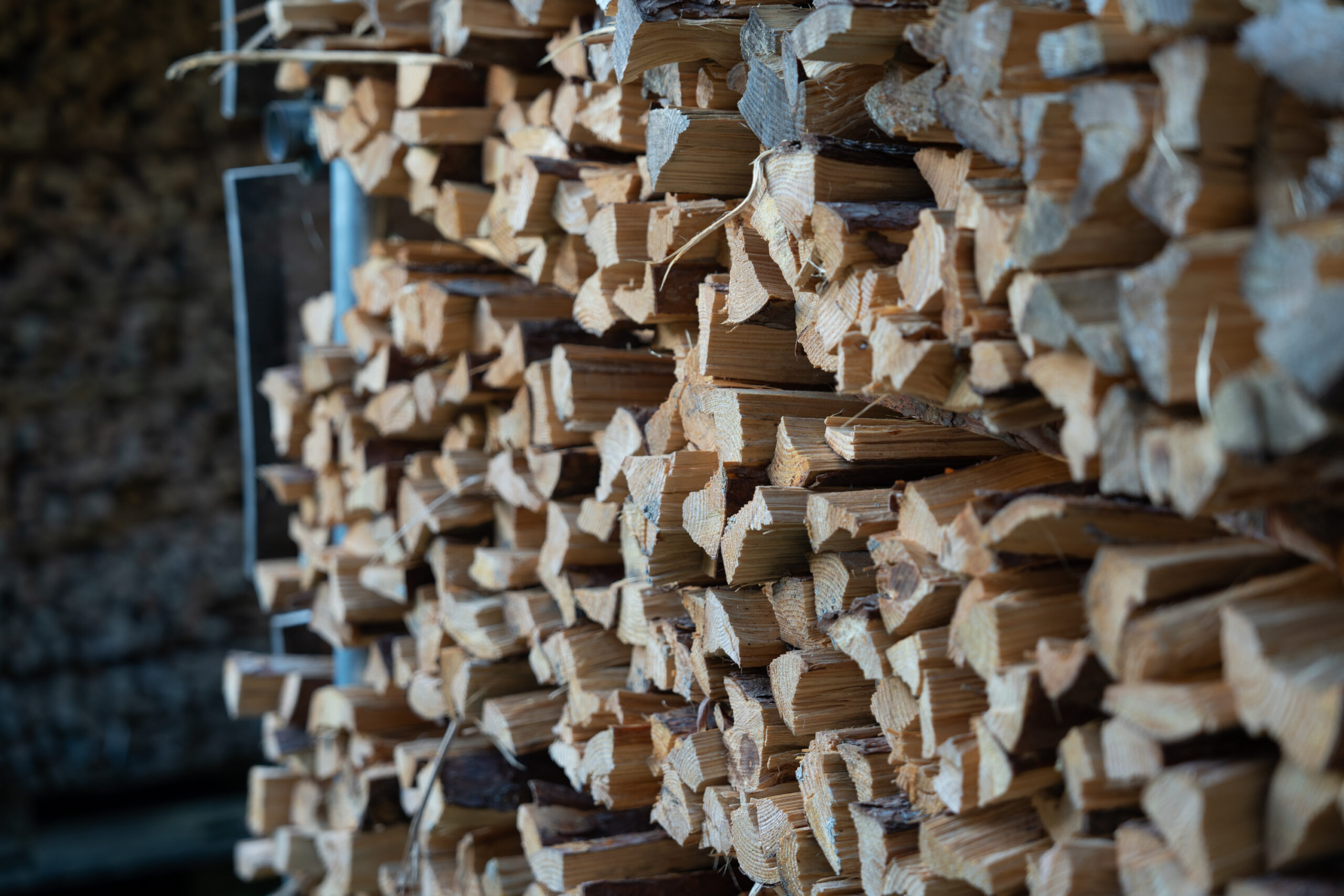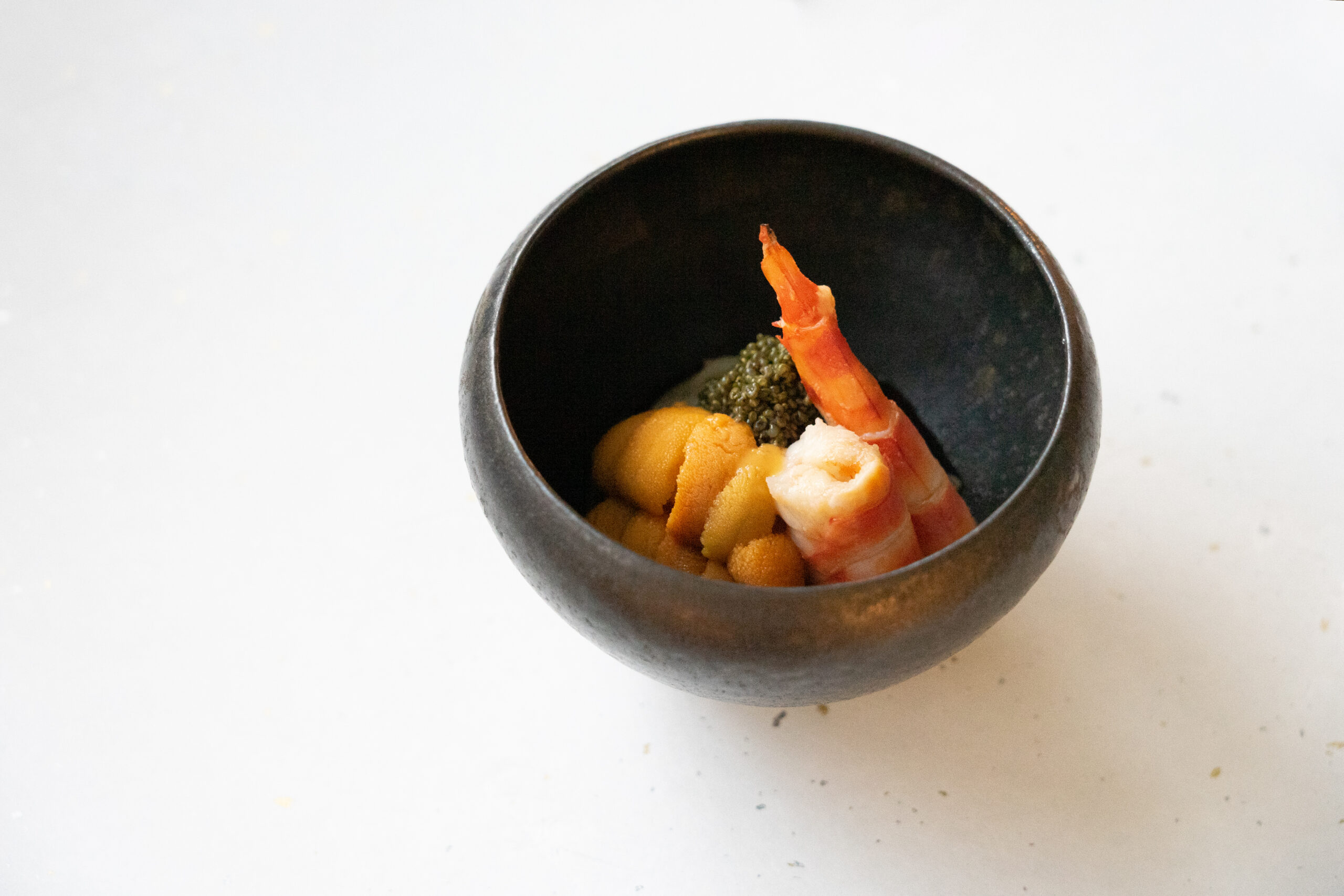In the world of Japanese crafts, we often make a distinction between “craftsmen” and “artists.” In general, a “craftsman” is seen as someone who continuously makes somewhat standardized items to order for others, while “artists,” on the other hand, hold solo exhibitions under their own names and make their living from that. Especially in the case of pottery, it is often the case that we distinguish between works as manufactures and works under personal names.
In the past, the philosophy of “mingei” or folk crafts proposed by Soetsu Yanagi saw craftsmanship as another way of pursuing beauty. Such craftsmen devote themselves to working on a certain specialized task and focus all their time to mastering their skill at that; however they themselves typically remain anonymous and do not receive any personal credit for their work. Nevertheless, the word “mingei” itself hints at how this kind of continual, day-in-day-out practice itself gives birth to a very Japanese kind of simple beauty. Artists, on the other hand, are thought of as those who pursue individual expression, and they create their work in a very different way – almost the polar opposite of working on the same task all the time.
When I visit a workshop, I am often impressed by how the craftsmen apply themselves whole-heartedly to their work. Unlike the mass-production work in factories, the craftsmen’s work requires an aesthetic sense, and their serious expressions as they work repeatedly and patiently on their painting and glazing are to me quite simply beautiful. Although there may be differences in skill among craftsmen, they all are working towards the same goal, and keep making efforts to find better ways to make their high quality products even better.
Artists have their own powerful attraction as well, somewhat different from that of craftsmen. Craft artists often love where they live, and their art is rooted in their attempts to express that love. Their passion gives power to their artwork, and that is what makes it so attractive. As we have started to show more and more artwork by individual artists and have had more opportunities to talk with them one on one, I have come to see and feel more and more deeply the great power and spirit that artists’ works embody. Each work’s colors, shapes, or even names are deeply imbued with their creator’s intention and feelings, and I often feel overwhelmed by their strength of presence – so much so that sometimes I can almost feel them breathing.
Whether craftsman or artist, both put their hearts and souls into their work, and I would like to help convey the beauty of their common dedication. I feel their works hold something important for us, something which we should take care not to lose in the coming years.
Text: Yusuke Shibata
Work: “Teppachi Bowl Shallow (Gold)” by Akihiko Sugita




